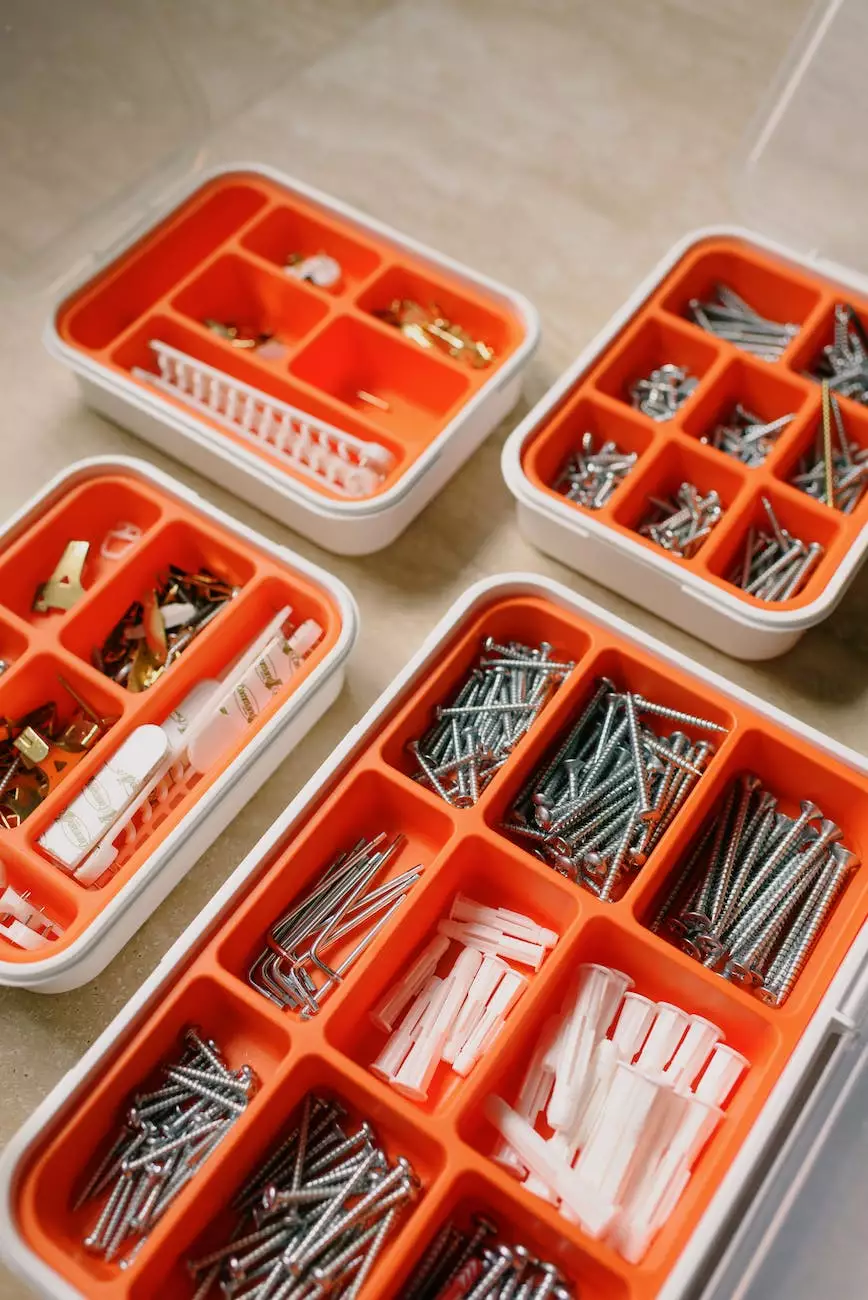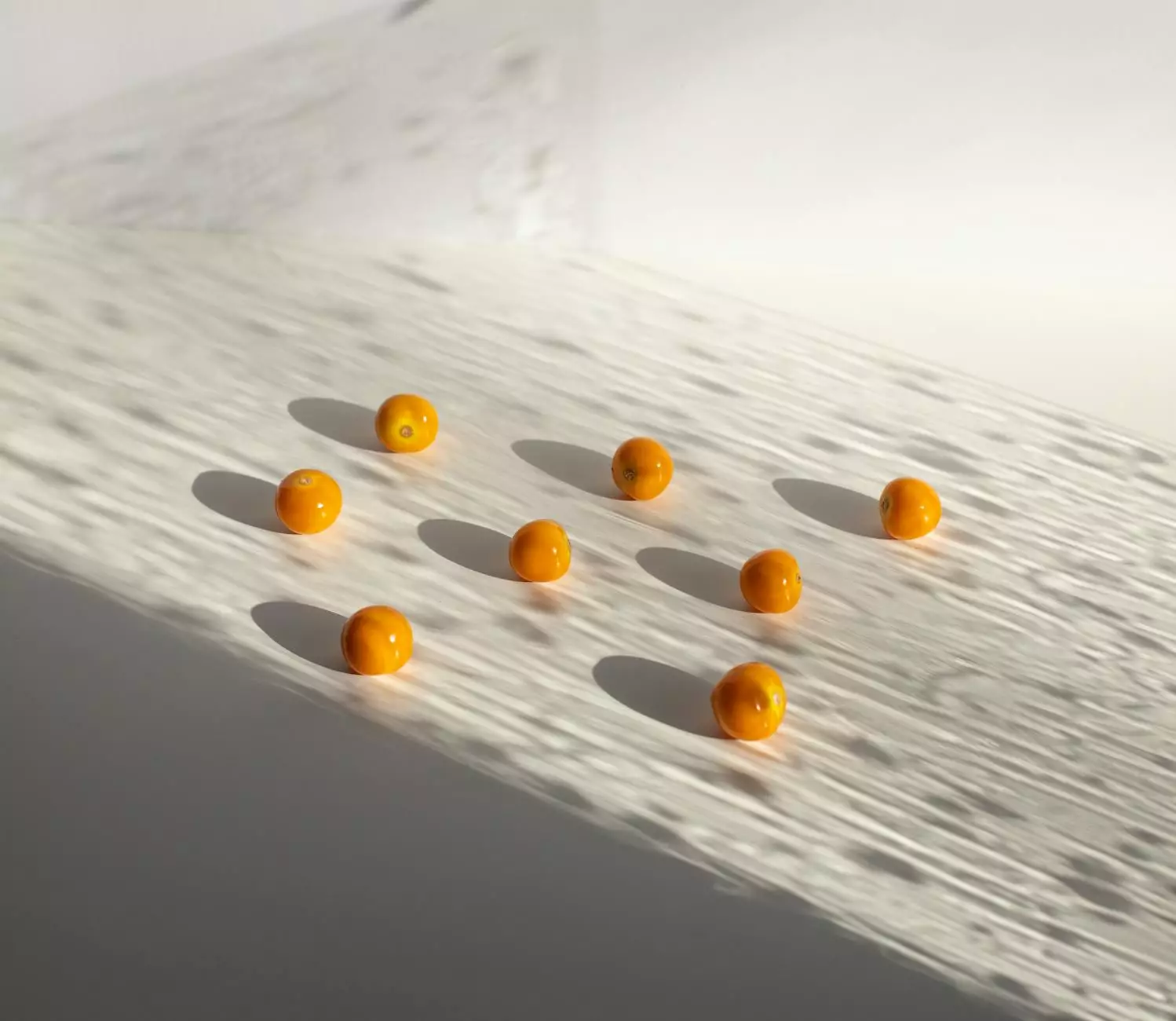How To Manage Crabgrass - Ted Lare - Design & Build

Introduction
Welcome to Cutting Hedge Services, your go-to resource for expert tips and professional advice on lawn care. In this comprehensive guide, we will walk you through everything you need to know about managing crabgrass. Whether you're dealing with its unsightly presence or looking to prevent its growth, our team of experts has got you covered. Let's dive in and take control of crabgrass together.
Understanding Crabgrass
Crabgrass, scientifically known as Digitaria sanguinalis, is an annual weed that commonly plagues lawns and gardens. It's known for its rapid spread and ability to compete with desired turfgrasses, leading to an uneven and unsightly appearance. Identifying crabgrass is crucial for effectively managing and preventing its growth.
Identifying Characteristics
Crabgrass can be easily recognized by its distinctive features, including:
- Wide Leaf Blades: Crabgrass leaves are wider compared to most lawn grass varieties.
- Low Growth Habit: It forms a prostrate growth habit, staying close to the ground.
- Seedheads: As it matures, crabgrass produces seedheads that resemble a crab's legs, hence the name.
By familiarizing yourself with these characteristics, you'll be able to confidently identify crabgrass and take appropriate action.
Preventing Crabgrass Infestation
Prevention is key when it comes to managing crabgrass. By implementing proactive measures, you can significantly reduce the chances of a full-blown infestation.
Maintain Healthy Turf
A strong and healthy lawn acts as a natural defense against crabgrass. Follow these maintenance tips to maintain optimal turf health:
- Mowing: Regularly mow your lawn to the recommended height for your grass type. This helps promote dense growth, making it difficult for crabgrass to establish.
- Watering: Water deeply but infrequently to encourage deep root development in your turfgrass. Avoid frequent shallow watering, as it promotes weed growth, including crabgrass.
- Fertilization: Apply a balanced fertilizer at the appropriate times to provide essential nutrients that promote strong and vigorous grass growth.
Proper Soil Management
Optimal soil conditions create an unfavorable environment for crabgrass to thrive. Follow these soil management tips to prevent its growth:
- Soil Testing: Conduct a soil test to determine if any imbalances or deficiencies exist. Amend the soil accordingly to ensure proper pH and nutrient levels for healthy grass growth.
- Core Aeration: Regularly aerate your lawn to alleviate compacted soil and improve nutrient and water absorption.
- Overseeding: Overseed bare or thin areas of your lawn to promote denser turf and minimize crabgrass invasion.
Eradicating Crabgrass
If your lawn is already infested with crabgrass, fret not. Cutting Hedge Services has effective strategies to help you eliminate this stubborn weed.
Hand Pulling
For isolated patches, hand pulling can be a viable option. Follow these steps for effective removal:
- Moisten the soil: Water the area beforehand to ease uprooting.
- Grasp the weed: Firmly grip the crabgrass at its base, close to the soil surface.
- Remove with roots: Slowly and steadily pull the weed, ensuring the entire root system is extracted.
- Dispose and monitor: Dispose of the removed crabgrass away from your lawn. Regularly monitor the area for any regrowth and repeat the process as needed.
Herbicide Application
When dealing with a widespread crabgrass problem, herbicides can provide effective control. Here are a few things to keep in mind:
- Pre-emergent herbicides: These are applied before crabgrass seeds germinate, creating a barrier that prevents their emergence. Timing is crucial, so follow the recommended application period for your region.
- Post-emergent herbicides: These target actively growing crabgrass plants. Select a selective herbicide specifically designed for crabgrass control in lawns, following the instructions carefully.
- Herbicide safety: Always read and follow the label instructions, wear protective clothing, and avoid spraying on windy days to prevent herbicide drift onto desirable plants.
Maintaining a Crabgrass-Free Lawn
Once you've managed to control and eliminate crabgrass, it's important to maintain your lawn's crabgrass-free status. Ongoing efforts will help prevent future infestations.
Regular Inspection
Frequently inspect your lawn for any signs of crabgrass regrowth. Identify and remove any young or established plants promptly to prevent them from spreading.
Proactive Lawn Care
Continue implementing good lawn care practices to keep your turfgrass healthy and resilient against crabgrass and other weeds. This includes regular mowing, watering, fertilizing, and overseeding, as mentioned earlier.
Education and Awareness
Stay informed about crabgrass and other common lawn weeds. By understanding their life cycles, growth patterns, and control methods, you can proactively tackle any potential issues that may arise.
Conclusion
Cutting Hedge Services understands the frustration of dealing with crabgrass, and we are here to help. By implementing the strategies and recommendations outlined in this comprehensive guide, you'll be able to manage and prevent crabgrass infestations effectively. Stay proactive, maintain a healthy lawn, and enjoy a beautiful, crabgrass-free environment that you can be proud of. Remember, we are always here to assist you on your lawn care journey.










